Breaking news
Analysis: Drone wars statistics - Fewer mishaps but more combat attrition.
The military use of drones has grown dramatically in recent years. Unmanned aircraft of different sizes are employed in various roles. Some are employed on reconnaissance, carrying various sensors for intelligence gathering and targeting. Others carry weapons and are used as strike platforms. Sometimes UAS are also used as ‘suicide drones’ or ‘loitering missiles,’ hitting targets of opportunity on the battlefield.
Follow Air Recognition on Google News at this link
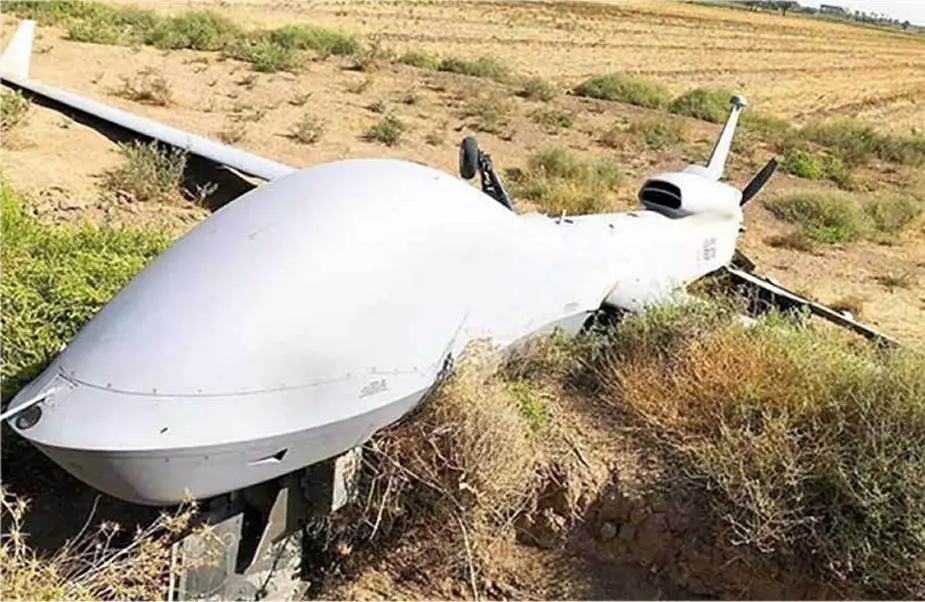 General Atomics MQ-1C crashed near Baghdad, Iraq. 2019.
General Atomics MQ-1C crashed near Baghdad, Iraq. 2019.
Drone strikes are often covert and unclaimed by the nations carrying the attacks. The culprit fingerprints are spotted only when the drone is lost to enemy fire or due to technical problems. Sometimes an investigation of debris can tell the drone’s origin. An analysis of documented drone crashes recorded in the past decade (2010-2020) shows an interesting trend of the UAS maturation, and the intensive use of large drones combat zones, particularly in the Middle east.
Military drones are divided into several tiers that differentiate the role of each system. Drone crashes most accounted for are of Class II (tactical), Class III, and Class IV (MALE & HALE) drones. A study of 462 crash events recorded since 2010 sheds light on the UAS revolution, tracking the leading causes of crashes of medium and large UAS.UAS.
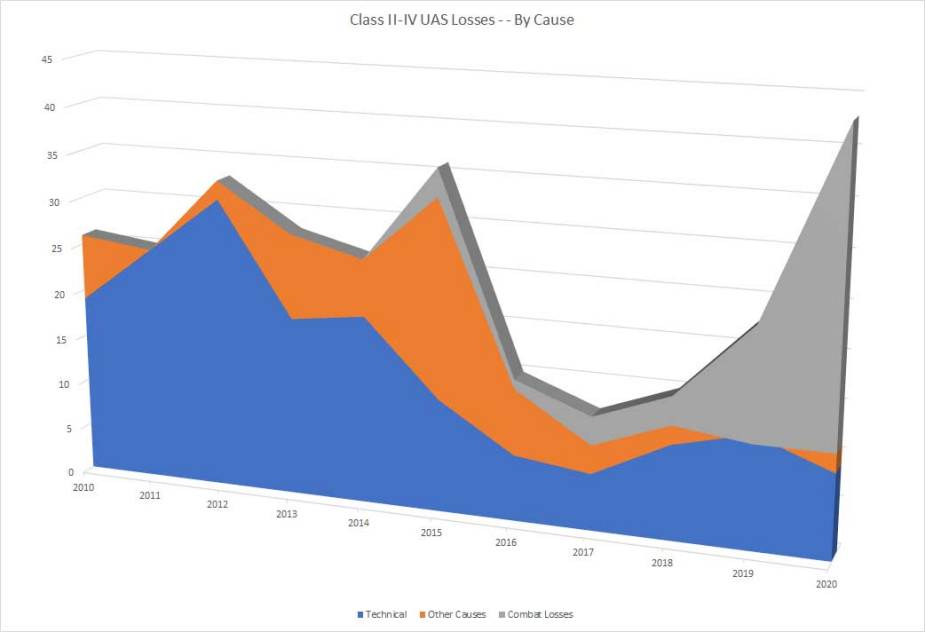 Chart I – Class II-III and IV UAS Losses, 2020-2020. Source: DroneWars Database
Chart I – Class II-III and IV UAS Losses, 2020-2020. Source: DroneWars Database
Chart I reflects a clear trend. In the first five years of the decade (2010 and 2014) technical issues caused around 70 percent of the crashes (170 losses to known causes). These included communications problems, mechanical failures, power loss, and pilot errors. Chart II indicates the most common conditions and causes - 56 percent of events that happened in mid-flight, primarily due to loss of electrical power and electronics failures (12%), mechanical failures (12%), and loss of communications (9%). 40 percent occurred at the beginning or termination of missions, with landing accounting to more than twice of those losses, compared to crashes on takeoff. Only four percent of the losses took place while taxying the ground.
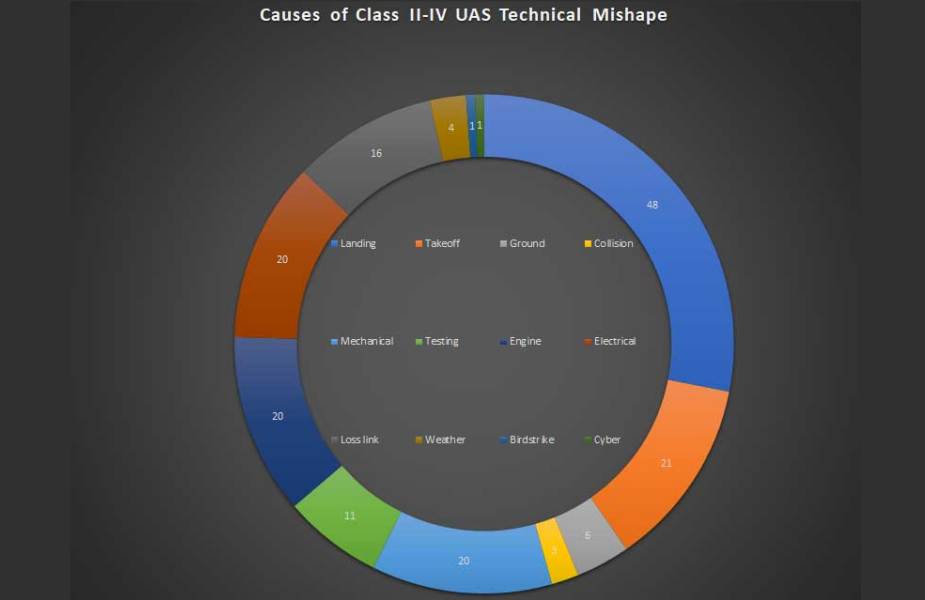 Chart II – Known Technical Causes - UAS Losses 2010-2020. Source: Drone Wars database
Chart II – Known Technical Causes - UAS Losses 2010-2020. Source: Drone Wars database
Over the past decade, the reliability of drones seems to have improved as systems and operator proficiency improved. Despite the surge in Class II-IV drone crashed in 2019-2020, most of those losses were in combat, while the occurrence of crashes due to technical failures have dropped significantly. In recent years, most non-combat related losses occurred in test flights, as reflected in Chart II.

Chart III – Drone Losses by Classes – 2010-2020 Source: Drone Wars Database
The USA, the world’s largest UAS operator, has lost 175 drones between 2010 and 2020. These drones crashed throughout the world, particularly in the USA, in central Asia, Syria, Iraq, Yemen, Central, and North Africa. Most of the losses were attributed to technical failures, but some were likely due to combat attrition. General Atomics’ MQ-1B Predator was the platform suffering the highest loss rate, which led to its replacement with the more robust MQ-1C and MQ-9 in the second half of the decade.
The Predator’s high loss rate could be attributed to the early stage of development of UAS technology at the time, and the operational concept pursued by the US Air Force, favoring remote control over flight autonomy. Two of the IAI Heron drones used by Australian operators and three used by German operators in Afghanistan in those years were also lost. The lessons from those mishaps brought developers and operators to deliver more robust automatic takeoff and landing (ATOL) systems and improve the autonomy of modern drones.
Other nations that have developed and employed large UAS in significant numbers through the decade include Turkey, the UK, India, UAE, Pakistan, and Israel. Through those activities, each of these air forces has lost more than 10 drones over the past decade. Iran and Saudi Arabia have also mounted activities of large drones in recent years, as reflected in increasing combat losses in Yemen, Iran, and Syria.
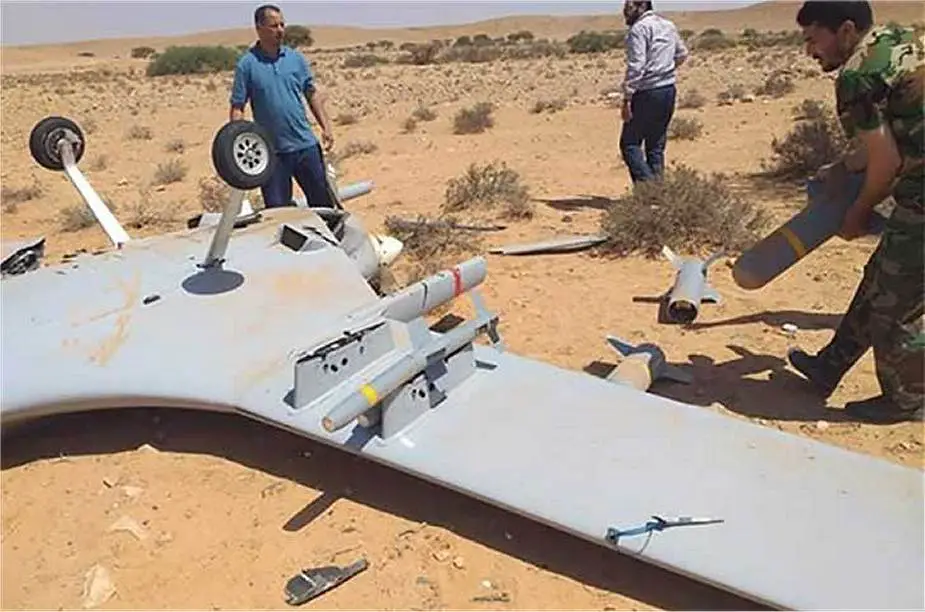
Bayrakter TB2 drone crashed in Libya in April 2020. Some of its weapons are still attached. Others are scattered around the crash site. In the past year, Turkey lost over 20 drones in Libya.
Second in the number of losses is Turkey, which recorded 31 losses of Anka-S, Bayraktar TB2, and Heron-1 drones. Both the Turkish Aerospace Industries Anka and BayraktarTB2 produced by Baykar Defense suffered failures during their development. Still, the majority of crashes of those systems recorded since late 2019 and were caused by combat attrition. These include the Anka-S operated in Syria and Bayraktar TB2 tactical drones that operated in Syria and Libya. In both theaters, they encountered significant and sophisticated air defenses and suffered heavy losses, to the point that one assumes that tactical drones like the Bayraktarwere used as ‘attritable drones’ rather than standard tactical UAS. The concept of ‘attritable drones’ is currently pursued by the US Air Force under the Gremlins program.
UAE has also suffered significant UAV losses in Libya, particularly of Chengdu Aircraft Industry Group (CAIG) Wing Loong drones. Eight of these Chinese made drones were lost this year in Libya. The Wing Loong is similar in size to the Predator and Heron. The UAE has also lost a General Atomics Predator XP drone over Yemen.
One of the largest UAS operators in Asia, India, operates tactical and large drones, including the locally made Nishant, developed by the DRDO and IAI manufactured Heron 1 MALE drones. This UAS fleet lost 14 drones in the past 10 years. Seven of those were Heron-1, lost mostly on operational missions. This brings the total number of Heron type UAS crashed worldwide in the last decade to 15. India’s plans to develop its MALE drone, the Rustum-2, suffered a setback after the crash of the prototype in 2019.
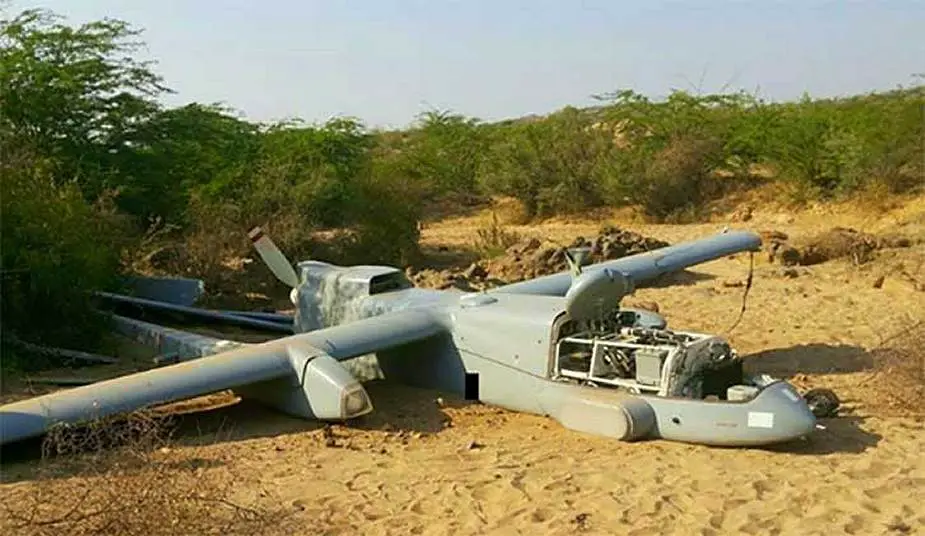
Since 2010 seven Indian Herons were lost in operational and training missions.
Israel is also listed relatively high on Drone War’s UAV crash list, considering the extensive use of drones by the Israel Air Force (IAF). Throughout the past decade, Israel operated at least three Class III drone types - IAI’s Heron 1, Heron TP, and Elbit Systems’ Hermes 900.
Through the decade, the share of unmanned systems in IAF operations has increased dramatically. Naturally, some of these drones were lost throughout the Middle East, but these incidents were rarely attributed. By 2012, as the development of the Heron TP was underway, one of the prototypes was lost on a test flight. As a technical mishap, this incident was reported. Another incident reported by the media occurred in 2013, as an IAF Heron was intentionally crashed into the Mediterranean sea following an engine malfunction, the decision to crash the UAV was made in fear that control over the UAV would be lost and the drone could crash into a populated area. Three years later, such a mishap happened when another Heron crashed into a house in northern Israel, injuring seven people.
Another incident involved the newest drone developed by Elbit Systems - the Starliner, that was lost on a recent test flight in southern Israel. Starliner was designed and built to meet civil aviation airworthiness, an ambitious goal that has not been met yet by any UAS manufacturer. That flight was part of the airworthiness certification campaign that examined the drone’s behavior at the edges of its flight envelope.
An assessment of military drone crash statistics shows that the surge in usage of military drones over the past decade has also increased the number of drone crashes. The figures indicate that the vast majority of flights go smoothly and that crash rates have steadily declined over the past decade, while almost all crashes do not cause casualties. Military drones will keep playing a vital role in the resolution of future conflicts. Although drone technology is continuously evolving, statistically, drone crashes will happen, while lives will be saved.


























